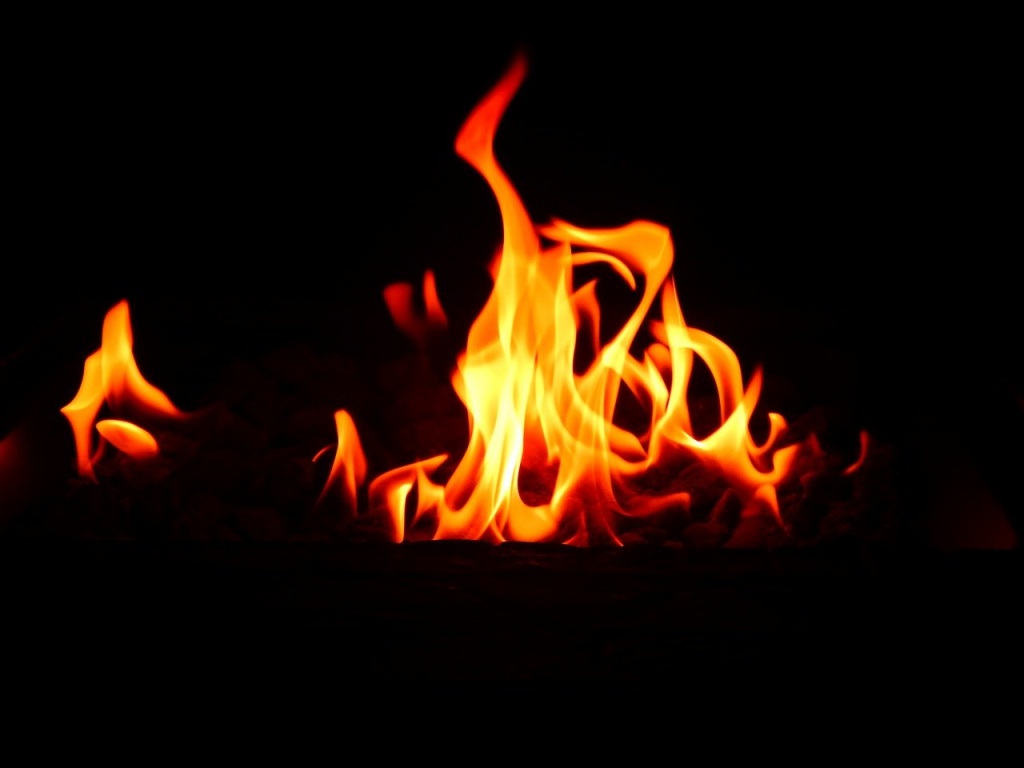
Cooking and heating are the leading causes of home fires and fire injuries, and winter months are the peak time for fire-related deaths.
Protecting your family from home fires involves planning. Follow these tips regarding smoke alarms to help keep your family safe against a home fire:
- Install at least one smoke alarm on every floor of your home including your basement. This includes outside every bedroom and furnace area.
- Replace the smoke alarms in your home every 10 years.
- Clean and dust the smoke alarms in your home at least once a month and never paint over a smoke alarm.
- Remember, to test smoke alarms every month by pushing the test button. The batteries in your home should be replaced at least once a year.
Children have fire drills at school in case of an unexpected fire. This concept should be used at home as well. It is important to make a home escape map with your family. Create an escape plan with your family on how to get out of your home in case of an emergency. Children as young as 3 can begin to learn what to do in case of a fire.1
- Draw a map of your home.
- Include all the windows, doors, and rooms that can lead to outside.
- It is important to know 2 ways out of every room. Mark each of these exits on your home escape plan.
- Decide on a safe place to meet outside. Make sure that your meeting location is in a safe place and away from your home.
- Practice a family fire drill at least twice a year. (Avoid practicing going out of your windows)
In case of a fire:
- Get your family out as fast as you can if you see or smell smoke.
- Remember to grab your cell phone if you can.
- Help your children get out of the home.
- Go to your family meeting place outside and stay outside. Do not go back into your home.
- Call the fire department from outside. Do not stop to dress or put out fires.
- If you are unable to get out, stay low by a window where the fire fighters can find you quickly. Air that is low or near the floor is safe to breathe.
- Make sure your child knows what to do if his or her clothes catch fire.1
- Stop! - Do not run.
- Drop! -Drop to the ground right where you are.
- Roll! - Roll over and over to put out the flames. Cover your face with your hands.
- Cool - Cool the burned area with water.
- Call - Call for help.
One of the best ways in protecting your family from a house fire is planning. Remember to have an emergency plan and review it with your children often. Consider using this fire escape template for your family. For more home safety tips, visit our website here.
Source: